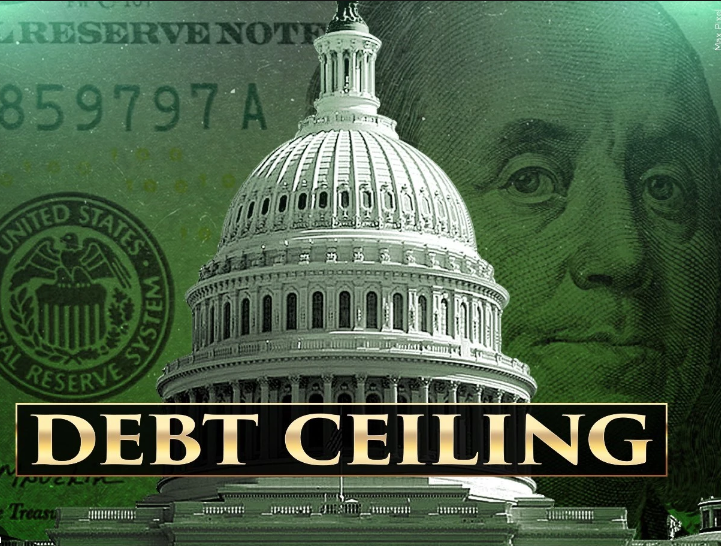
1. “Debt ceiling deal under control”
Lawmakers in the US Congress are set to vote on a decisive agreement to increase the country’s debt limit by $31.4 trillion and prevent a potentially catastrophic default.
The deal, reached by President Biden and House Republican Speaker Kevin McCarthy over the weekend after weeks of political disputes, will raise the debt ceiling until 2025 and limit non-defense spending for the next two years.
Both Biden and McCarthy have stated that the agreement is a result of compromise, although its terms have already received negative reactions from some members of their respective parties.
The so-called Freedom Caucus, a group of uncompromising conservative Republicans, criticized the deal for not including significant spending cuts. Meanwhile, left-leaning Democrats criticized Biden for making too many concessions on key issues.
It is expected that the Republican-controlled House of Representatives and the Democrat-controlled Senate will vote on the deal at the end of this week. Meanwhile, the clock is still ticking towards June 5th, when the Treasury Department expects the federal government to run out of money to pay its bills.
2. “Asian markets rise on debt limit agreement”
Asian markets experienced positive growth on Monday, with Japan’s Nikkei reaching its highest level in over three decades, driven by investor optimism surrounding the debt ceiling agreement and advancements in artificial intelligence.
The tense negotiations concerning the borrowing limit in Washington had caused concern among investors in recent weeks, as officials warned of the potentially disastrous impact a U.S. default could have on the global economy.
The Nikkei 225 stood out as a top performer in Asia, surging to its highest point since 1990. The rise was primarily fueled by the strength of chipmaking and technology stocks, reflecting the ongoing positive outlook for companies involved in artificial intelligence, which is expected to drive their short-term performance.
Australia’s ASX 200 and Taiwan’s Weighted index also saw gains. However, China’s blue-chip Shanghai Shenzhen CSI 300 experienced a slight decline due to lingering uncertainty surrounding the country’s ongoing economic recovery.
In Europe, stocks showed marginal gains, although trading volumes were low due to the closure of markets in the United Kingdom and several other countries in the region. Meanwhile, in the United States, the markets remained closed for the Memorial Day holiday.
3. “Oil prices decline”
In subdued holiday trading, oil prices turned negative on Monday, as the initial optimism surrounding the debt ceiling agreement was dampened by renewed expectations of ongoing interest rate hikes by the Federal Reserve.
At 05:30 ET (9:30 GMT), U.S. crude futures declined by 0.03% to $72.65 per barrel, while the Brent contract edged down by 0.18% to $76.84 per barrel. Both WTI and Brent had recorded gains of over 1% the previous week.
The agreement on the debt limit revitalized hopes that the United States, as the world’s largest economy and the largest consumer of oil, would avoid a default that could potentially trigger a broader recession. However, some analysts speculate that it could provide the Federal Reserve with justification for further interest rate increases.
4. “Focus on Fed’s policy”
The discussion revolves around whether policymakers will announce another consecutive interest rate hike next month or opt to pause the cycle of rate increases. ING analysts suggest that the higher-than-expected inflation figure in April, as indicated by the Fed’s preferred gauge, has strengthened arguments in favor of further tightening. However, some members have previously expressed their willingness to keep rates unchanged. Ahead of the June meeting, officials still need to assess additional data, including the non-farm payrolls report for May. Economists predict that the highly anticipated employment report, scheduled for release on Friday, will indicate a gain of 180,000 jobs in May, compared to the 253,000 added in the previous month.




